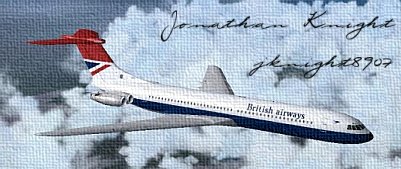 by jknight8907 » Tue Feb 15, 2005 10:03 pm
by jknight8907 » Tue Feb 15, 2005 10:03 pm
I think it depends on the particular jet. (jet=engine, not jet=the plane)
Basically what happens is the turbine is spun up using either an electric starter or bleed air. After the turbine reaches a certain N1 percentage, fuel is turned on and ignited by the ignitors. After the jet is running, the ignitors are turned off. It's important that the N1 percentage gets high enough before combustion is initated, or else there isn't enough air moving through the turbine and you basically have a Jet A-fueled furnace burning in there; this is known as a 'hot start' and depending on how bad it is, can be very very expensive to fix.

It is better to remain silent and be considered a fool, than to open your mouth and remove all doubt.
There were once four people named Everybody, Somebody, Nobody and A






